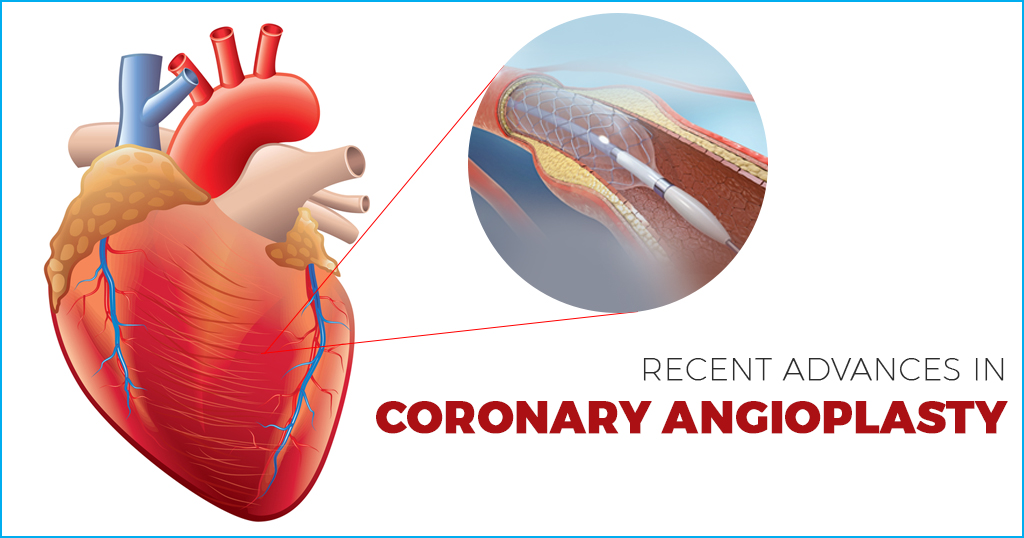

The field of Interventional Cardiology has been one of rapid innovation and path-breaking advances. Coronary Angioplasty, also called PCI or PTCA is a noninvasive procedure that helps treat Coronary heart disease, by improving the blood supply to the heart muscle, by the widening and opening of the narrowed or blocked coronary arteries. It is used to stop heart attacks in progress, treat chest pain and restore blood flow through the coronary arteries, which supply blood to the heart.
An Angiogram is performed prior to an Angioplasty. This is an X-ray image of blood vessels after they are filled with contrast material and is used to identify the exact location and severity of blocks. Intravascular imaging techniques like the Intravascular Ultrasound (IVUS), Optical Coherence Tomography (OCT) have revolutionized the precision of Angioplasty. These new technologies give crucial information of whether the plaque blocking the vessel is hard or soft, consists of lipids or calcium, the size of stent needed, and also assess the post-stenting status of the vessel.
Fractional Flow Reserve (FFR) is yet another contemporary tool used to determine if a patient needs a stent, a bypass surgery or can be treated with just medicines.
A catheter is used to deliver the stent into the narrowed coronary artery. Recent advances in catheters include:
The decision on surgery versus stenting depends on whether the patient has the single or multi-vessel disease, the nature and location of the block and presence of diabetes etc. There is a scientific score called the Syntax score that takes these factors into account. Angioplasty has shown many advancements and is sure to help a considerable number of patients with Coronary Artery Disease.
The content is reviewed and verified by our experienced and highly specialized team of heart specialists who diagnose and treat more than 400 simple-to-complex heart conditions. These specialists dedicate a portion of their clinical time to deliver trustworthy and medically accurate content

December 3, 2023